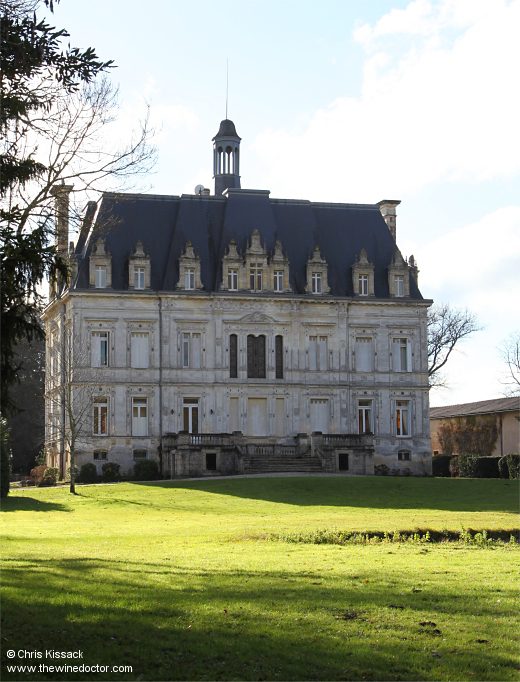Château Lestage
The twin appellations of Listrac-Médoc and Moulis-en-Médoc have many features in common. Nestled up against one another on the Médoc peninsula, just to the north of Castelnau-Médoc, they are located some way from the Gironde, one of several features which distinguishes these two appellations from their more famous cousins, St Estèphe, Pauillac, St Julien and Margaux, which all hug the water’s edge. This more inland position places both Listrac-Médoc and Moulis-en-Médoc in some danger in these frost-prone times, as they take no benefit from the estuary which prevents the air temperature dropping too low even on the most frosty nights. On the other hand, this position gives them some altitude, meaning good drainage, and good exposure to cool Atlantic breezes, not to mention interesting terroirs, not just gravel but also clay and limestone, something which I will come back to in this profile.
The close approximation of these two appellations can be seen at a number of châteaux with vineyards which straddle the boundary between Listrac-Médoc and Moulis-en-Médoc. One such château I have already profiled on this site, this being Château Fonréaud, a grand 19th-century edifice which towers over the D1215 as it cuts northwards through the vineyards of Listrac-Médoc. Another is its near neighbour, Château Lestage. While no less grand, Château Lestage hides in a rather demure fashion in a patch of woodland just 800 metres east of the same road. While most of its vineyards are in Listrac-Médoc, several parcels on the eastern side find themselves in the Moulis-en-Médoc appellation.

